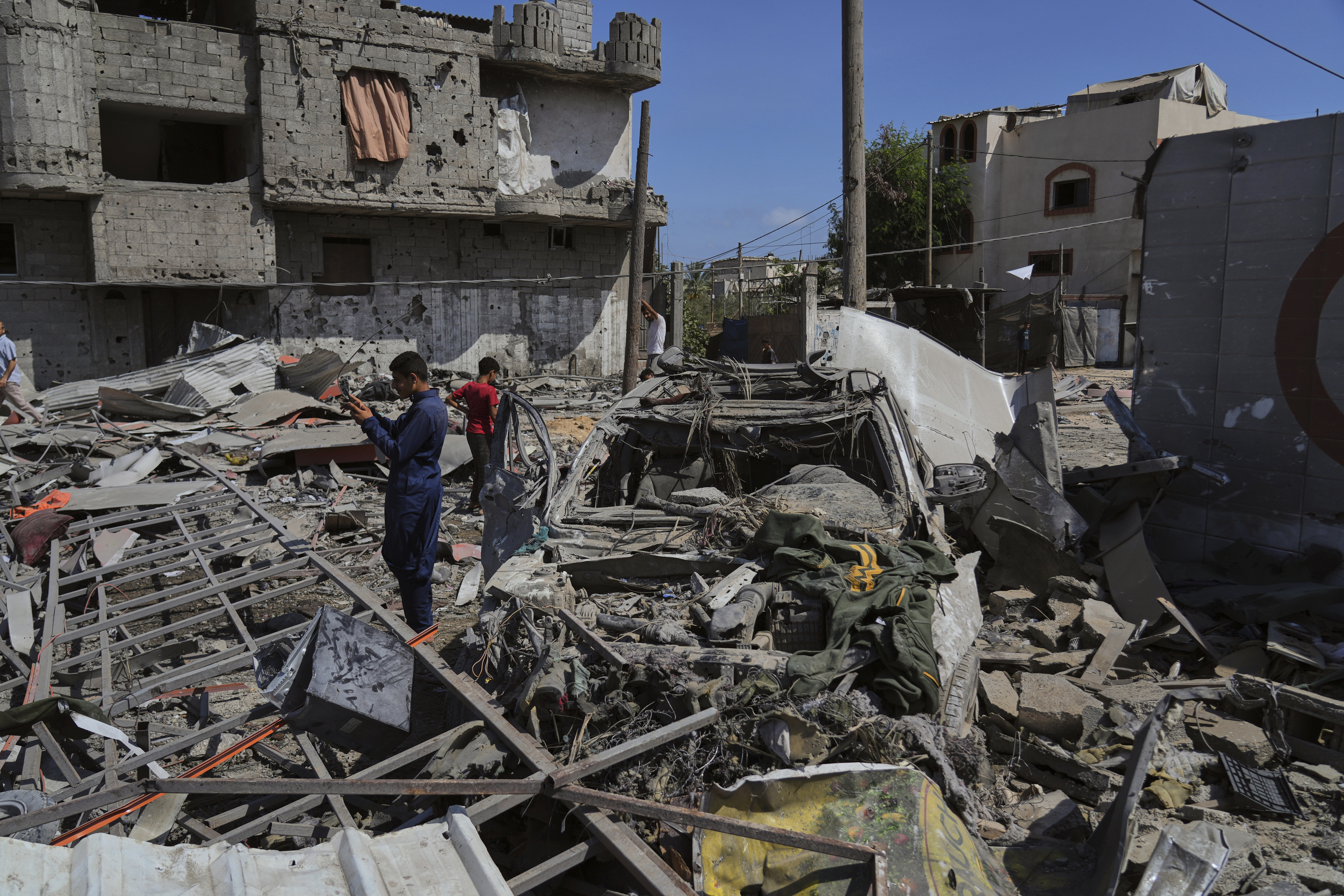The Druze in Syria: A Minority Caught in Conflict

Introduction
The Druze community has been facing increasing threats and violence in Syria, leading to fears of attacks against minorities. This has also triggered Israeli military intervention in the country. But who are the Druze and why is Israel getting involved in Syria's conflict? Let's explore this complex situation and understand the reasons behind it.
History and Beliefs of the Druze
The Druze are an ethno-religious group that originated in the 11th century in Egypt and Syria. They follow a unique blend of Islamic, Gnostic, and Greek philosophy, and have a strong emphasis on secrecy and loyalty within their community. With a population of around 1 million, the Druze are a small minority in the Middle East. However, they have often been targeted and persecuted for their beliefs and practices, leading to their migration to various countries including Israel.
The Conflict in Syria
The Syrian government's recent military intervention in the Druze stronghold has reignited fears of attacks against this minority group. The Druze have been caught in the crossfire of the country's ongoing civil war, and many have been targeted by extremist groups. As a result, Israel has conducted airstrikes on Syrian forces to protect the Druze community. This has further complicated the already complex situation in the region.
About the Organizations Mentioned
Syrian Government
The **Syrian Government** is the central authority governing Syria, currently undergoing a significant transitional phase following the fall of the Assad regime in 2025. It operates under an interim constitution established in 2025, which sets a presidential system consolidating executive power in the president, who appoints ministers without requiring a prime minister[7]. The government’s main responsibilities include maintaining national security, overseeing reconstruction, administering justice, and managing political transition toward drafting a permanent constitution[7][4]. Historically, Syria was ruled by the Assad family for decades until the regime's collapse amid prolonged conflict. The new interim government emerged to stabilize the country, rebuild institutions, and restore order. Its formation marked an attempt to decentralize authority by integrating various armed groups, such as the Syrian Democratic Forces (SDF), into state structures, although tensions persist, with ongoing clashes reported[1]. The government has promised accountability for atrocities committed during the conflict, yet transparency and comprehensive justice reforms remain limited, undermining trust and security[2][6]. Key achievements of the Syrian Government in this transition include adopting a new constitutional framework that enshrines Islamic law as a legislative foundation while promising freedoms of opinion and equality for all citizens regardless of religion[7]. It has established the People’s Assembly as an interim parliament to oversee governance and the drafting of a permanent constitution[7]. The judicial branch has been restructured to assert independence through a Supreme Judicial Council, replacing elements of the previous regime’s judiciary[4]. Currently, the government faces challenges such as incomplete integration of armed factions, regional autonomy issues, and balancing hardline ideological influences with technocratic governance. Ministries like Interior, Defense, and Religious Affairs are dominated by ideologically driven figures linked to Hay’at Tahrir al-Sham (HTS), which affects policy consistency and the rule of law[8]. Political participation is cautiously expanding, with elections held despite security concerns, and efforts to rebuild state institutions continue amid ongoing conflict dynamics[1][8].






